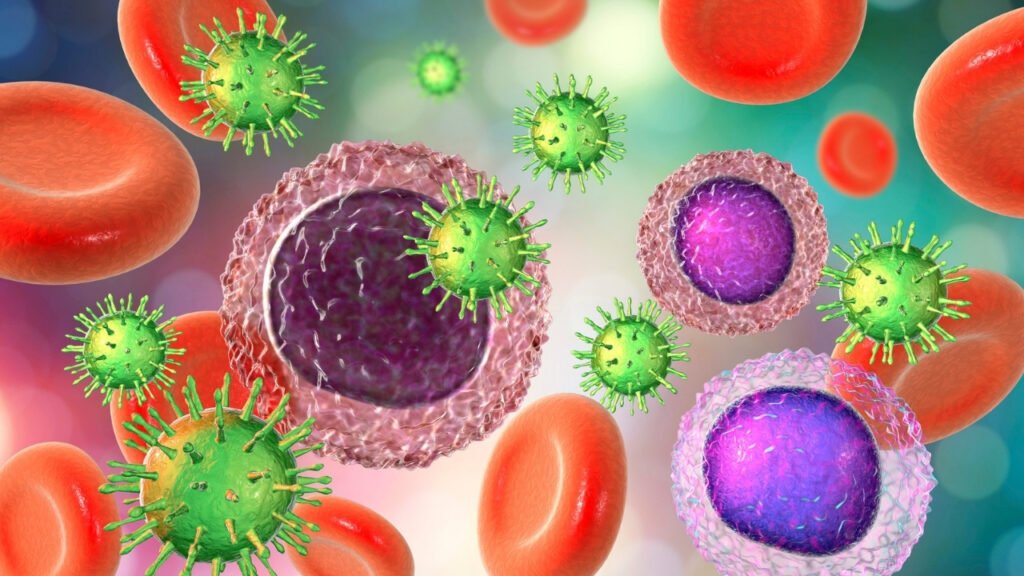Is Eating Healthy Really Compatible With a Tight Budget?
In a world where the price tags on organic products and health foods often seem to stretch beyond reach, you might wonder if eating healthily on a budget is more myth than reality. Don’t be scared out! I’m Dr. Coucou, and I’m here to guide you through the art of nourishing your body without draining your wallet. I mean, today I bring you the ultimate guide to the “Meal Prep”. With a sprinkle of planning and a dash of creativity, you can enjoy delicious, nutritious meals that won’t break the bank. Let’s dive into the world of budget-friendly, healthy eating and transform the way you shop, cook, and savor your food.

The Pillars of Budget-Friendly Healthy Eating
Planning is Your Best Friend
Before you even step foot in the grocery store, having a plan is crucial. Start by mapping out your meals for the week. This doesn’t mean every meal needs to be set in stone, but having a general idea will prevent impulsive buys and reduce waste. Use flyers, apps, or websites to find out what’s on sale and plan your meals around those items.
Embrace Whole Foods
Whole foods, like vegetables, fruits, grains, and legumes, are not only packed with nutrients but are also generally less expensive than their processed counterparts. Buying whole foods in bulk can save you a significant amount over time. Consider, for example, the humble bean—nutritious, versatile, and incredibly affordable.
Buy Seasonal and Local
Seasonal produce is not only fresher and tastier but often cheaper than out-of-season fruits and veggies flown in from afar. Local farmers’ markets can be goldmines for finding great deals on seasonal produce. Plus, you’re supporting local farmers, which is always a win-win.
Mastering the Art of Meal Prep
Cook Once, Eat Multiple Times
Dedicate a portion of your week to preparing meals in bulk. Cooking large batches of staples like rice, beans, or vegetables can save you time and money throughout the week. These can serve as the base for multiple meals, reducing the temptation to order takeout on busy nights.
The Freezer is Your Ally
Don’t underestimate the power of your freezer. It’s perfect for storing leftovers, prepped ingredients, or batch-cooked meals. Freezing portions can extend the life of your meals and provide you with quick and easy options on demand.
Snack Smart
Instead of reaching for expensive pre-packaged snacks, prepare your own healthy options in bulk. Think homemade granola bars, veggie chips, or portioned nuts and fruits. These are not only cheaper but healthier as well.

Affordable Recipes to Kickstart Your Journey
The Mighty Stir-Fry
A stir-fry is a perfect canvas for whatever vegetables you have on hand, some protein (tofu, chicken, or beans), and a simple sauce of soy sauce, garlic, and ginger. Serve over rice or noodles for a filling, nutritious meal.
Soup’s On
Soups are cost-effective, nutritious, and comforting. Start with a base of onions and garlic, add in seasonal vegetables, some beans or lentils for protein, and broth. Let simmer, and you’ve got multiple meals ready to go.
Breakfast for Champions
Oatmeal is a budget-friendly powerhouse. Top with seasonal fruits, a dollop of yogurt, and a sprinkle of nuts or seeds for a nutritious start to your day that’s both affordable and delicious.
In Conclusion
Healthy eating on a budget is not just possible; it’s an opportunity to get creative, reduce waste, and enhance your culinary skills. By planning ahead, embracing whole and seasonal foods, and mastering the art of meal prep, you can enjoy delicious, nutritious meals that support your health and your wallet.
Remember, the journey to healthy eating is a marathon, not a sprint. Small, sustainable changes can lead to significant benefits over time. So, grab your shopping list and let’s make healthy eating an affordable reality for everyone.
Stay healthy, stay savvy, and let’s savor the journey to wellness together.








